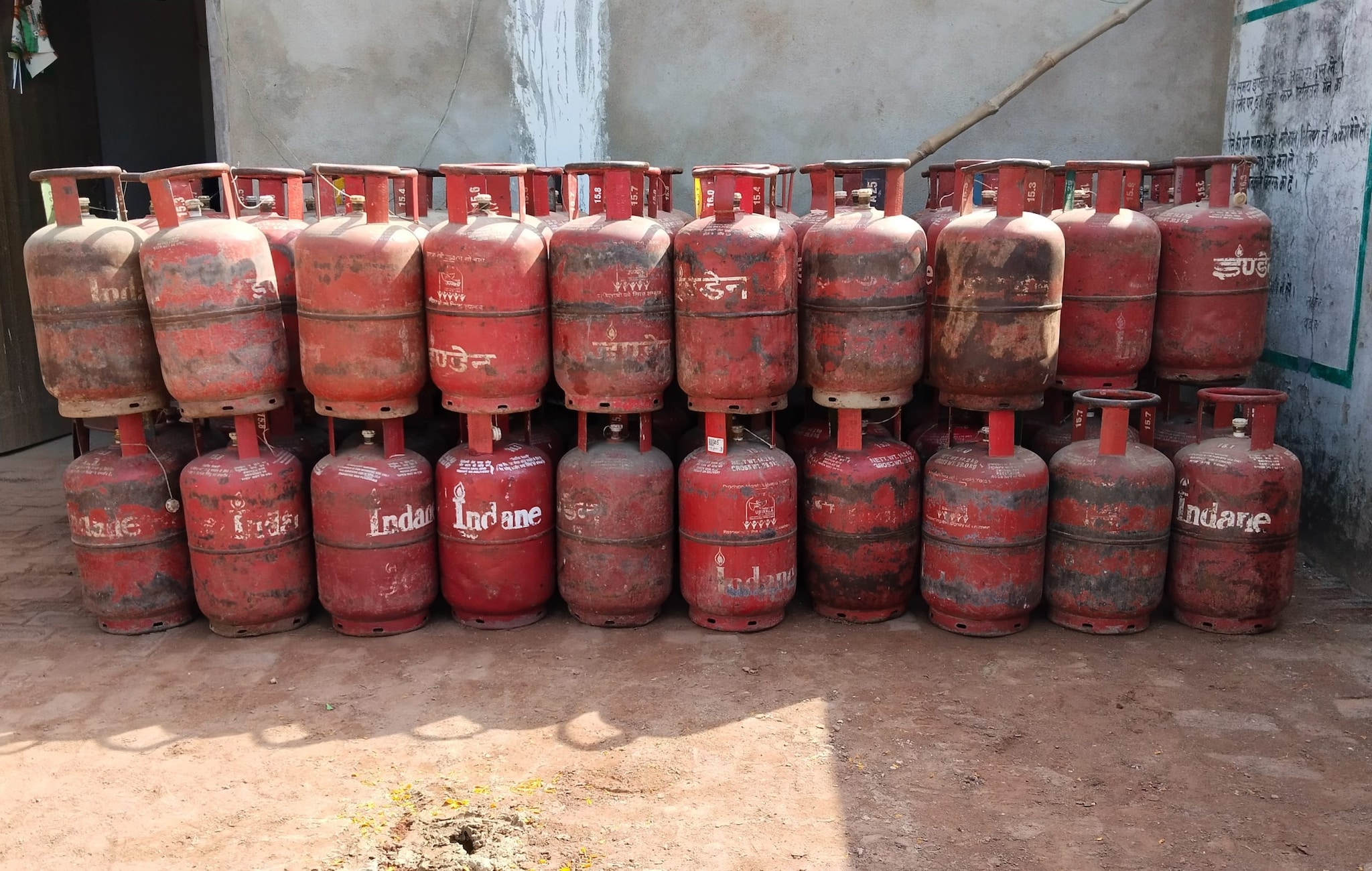Nueva Ecija will soon be home to the country’s first onion research and extension center, as the Department of Agriculture (DA) moves to revitalize the onion industry. This new facility will be located in the municipality of Bongabon, considered as the onion capital of the Philippines. The research center will help develop ways to combat onion pests and diseases, as well as improve seed quality and farm yields.
Agriculture Secretary Francisco Tiu Laurel ensured that the DA is ready to help onion farmers learn new technologies to boost farm productivity. He said the agency will utilize “best practices” from China, one of the leading onion-producing countries in the world. This in addition to further honing the technical capabilities of farmers’ cooperatives to help them achieve higher income.

Based on 2024 data from the Philippine Statistics Authority (PSA), nearly 13,000 hectares (ha) of farmland in Central Luzon were planted with onions, producing 158.01 thousand metric tons (MT). The region accounted for 59.
8 percent of national output last year, which stood at 264.32 thousand MT. Bongabon town accounted for about a quarter of the region’s onion production, or roughly 15 percent of the country’s total output last year.
Laurel also committed to double funding for procurement of pheromone lures to ₱5 million to help farmers combat the proliferation of army worms. He likewise vowed to begin sourcing better onion seeds to help farmers boost their yields. “Our goal is clear: make the Philippines self-sufficient in onion production, eliminate the need for imports, and increase the income of local farmers,” he explained.
The Agriculture Secretary pointed out that by bolstering onion production, supply will be sufficient to meet domestic demand and ensure stable prices. Early this year, the DA approved the importation of 4,000 MT of red and white onions to prevent a repeat of the crisis in 2022. Three years ago, onion prices peaked to as high as ₱700 per kilo, driven by a supply shortage worsened by delayed imports.
Importing onions into the country is seen as a move to ensure sufficient buffer stock, preventing a potential shortage. Data from the Bureau of Plant Industry (BPI), an agency attached to the DA, showed monthly consumption at 17,000 MT for red onions and 4,000 MT for white onions..
Business

Philippines’ first onion research center rising soon in Bongabon, Nueva Ecija

Nueva Ecija will soon be home to the country’s first onion research and extension center, as the Department of Agriculture (DA) moves to revitalize the onion industry.














